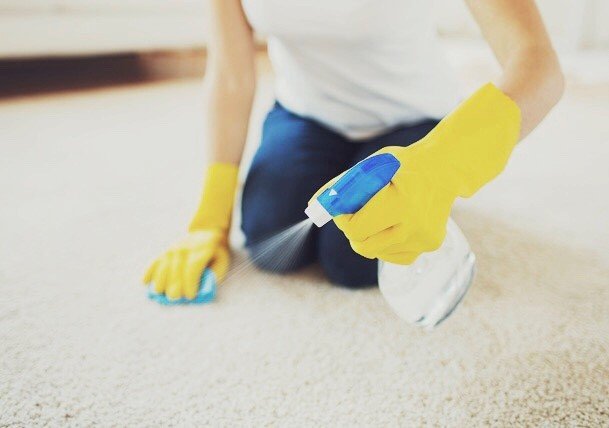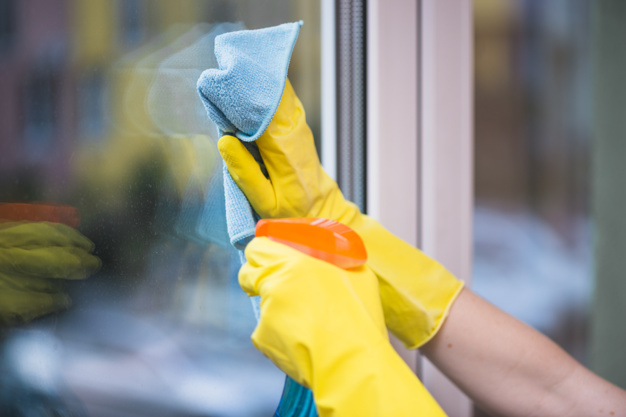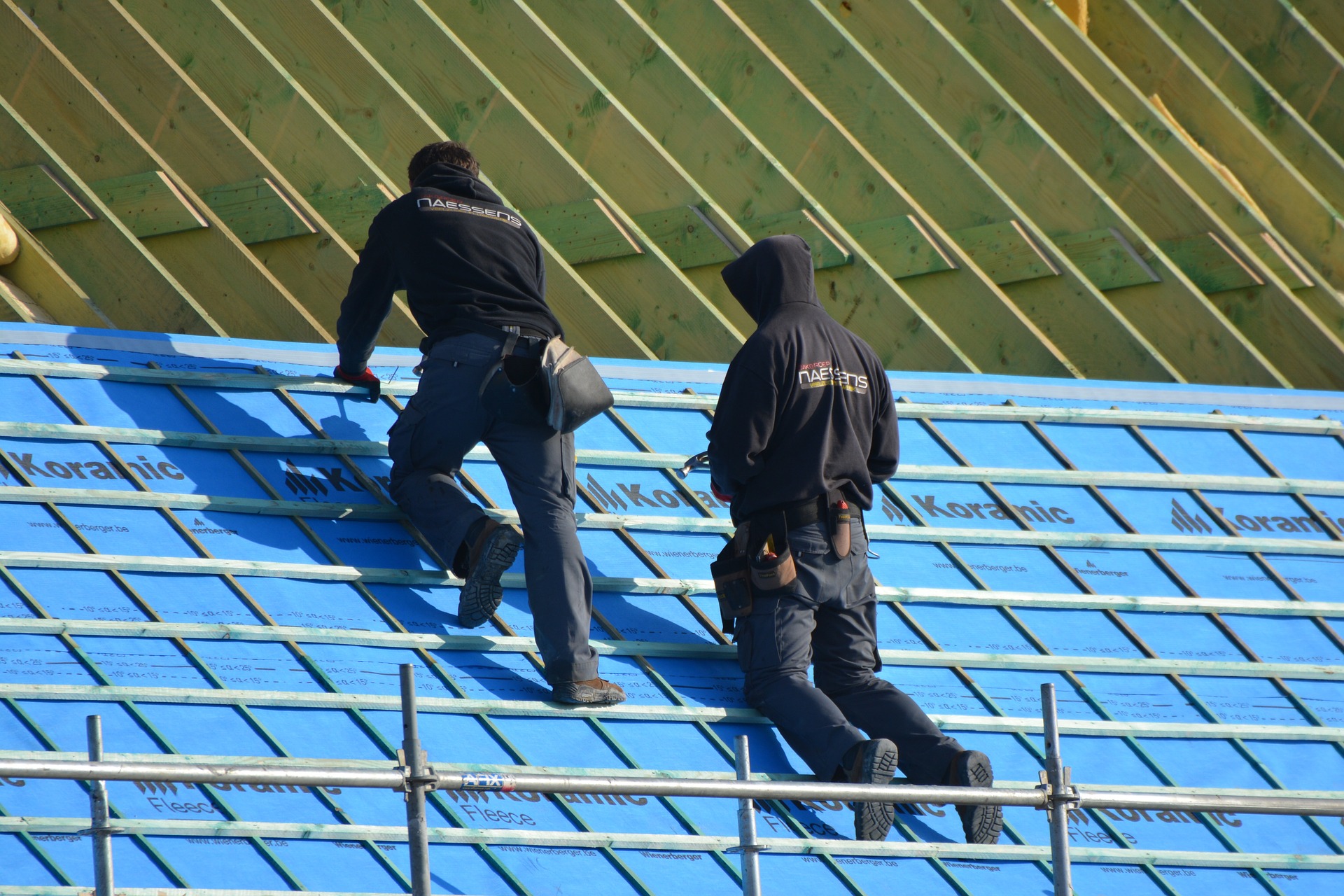There are a lot of do-it-yourself enthusiasts in the world. It’s because there are so many things you can make on your own without having to purchase expensive products. There are many homemade solutions that work just as well, if not better than anything you could buy from a store. The 10 trends below are homemade carpet cleaning solutions that can help you in a bind.
1. Food Stains:
Dropping something like ketchup on your carpet can be frustrating because of its bright color and the concern that you’ll never fully remove the stain. There are many ways to remove this type of stain. A preferred method is to use a paper towel and a detergent made from liquid soap. After combining the detergent with water, dab it onto the stain gently and allow it to sit for 20 minutes. Then use another paper towel to remove excess water. You can also use a vinegar and water solution for this type of stain. Sometimes food stains are stubborn, so you might need to use the solution more than once.
2. Beverage Stains:
There are so many different beverages that can be problematic when spilled on the carpet. This includes juice, coffee, wine, and just about anything else that has a dark color. A great way to remove beverage stains from carpet is by using a cloth soaked with warm water and blotting the area until the substance is completely removed. Sometimes water alone will remove the liquid if it’s taken care of immediately. However, there’s a chance that you’ll need a strong solution, which can also be made at home. You can simply add an equal part of white vinegar to the water before dabbing it onto the carpet.
3. Oil Stains:
Oil stains on the carpet can come from a lot of different sources. Sometimes it’s from using creams and lotions that end up on the carpet. Perhaps there are stains from butter or some type of cooking oil. Many types of oils can be removed with a solution made from either liquid detergent and water or vinegar and water, depending on your preference. Once you’ve made your preferred solution, press down with a clot on the stain for just under a minute. It’s important not to scrub because that will enlarge the stain.
4. Tracked in Mud:
It’s inevitable that mud will be tracked into your home, especially if you live in an area of the world where there is a lot of rain. That’s usually when you end up entering your home with shoes covered in dirt and mud. Depending on how much mud has been tracked in, the first step might be to sweep up or vacuum the area to eliminate as much mud as possible before applying a solution. Then you’ll need to create a solution with liquid detergent and warm water. This solution should be dabbed onto the carpet numerous times for less than a minute. You should be able to see the difference, but a true assessment will take place after it dries.
5. Chewing Gum:
Removing gum from carpet can be tricky, especially if it’s been stuck for a while. A great way to remove it is by placing an ice cube onto the gum until it is completely frozen, which might take a few minutes. You can then break the frozen gum for removal. You’ll then need to use the homemade carpet cleaning solution of your choice to clean any remnants.
6. Pet Accidents:
There are few things as concerning pet accidents that seem to occur just before you have company. A great way to remove both any stains and odor is with a vinegar and warm water solution. This mixture should be pressed into the carpet on the location of the accident. The amount of vinegar used depends on the stain, but equal parts of both vinegar and water will usually suffice.
7. Ink Stains:
Don’t be intimidated by ink stains. Although they are sometimes difficult to remove, it is possible. Liquid detergent and hot water mixture is the best place to start. You can blot this solution onto the carpet with a cloth, let it sit for two minutes and then use paper towels to dry it. You may need to repeat this process.
8. Strong Odors:
Removing odors from the carpet will usually start with vacuuming to ensure you’ve removed any dirt and particles that might be causing the odor. Once that’s done, you can sprinkle baking soda onto the carpet to freshen things up. The baking soda should be left overnight before vacuuming again.
9. Natural Fiber Carpets:
Sometimes natural fibers are easier to clean, but they might require extra care. A highly effective solution that can be used for virtually any type of stain on natural fibers includes about two tablespoons of ammonia and a cup of warm water. You can also make a solution with a half cup of vinegar and the same amount of water. Whether or not you choose to use a spray bottle or a bowl is up to you. When using a spray bottle, be sure to spray lightly.
10. Synthetic Fiber Carpets:
Removing stains from a synthetic carpet can be handled in several different ways. Prepare a solution that you can pour onto a cloth and gently apply to the carpet. It’s best not to pour the solution directly onto the carpet. You can try a cup of white vinegar mixed with two cups of water to remove the stain for a natural option. You can also try using any liquid detergent that you like combined with warm water. The mixture is half a teaspoon of detergent and two cups of water.
These are all great ways to remove different types of carpet stains. You can also get help removing tough stains at carpestology.com.au.
Read Also:






















